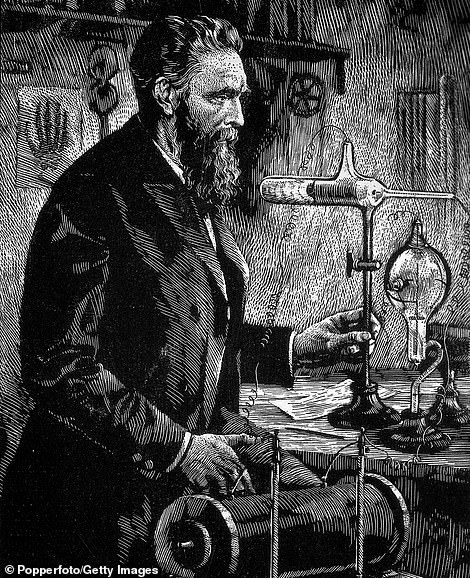For over 125 years, x-ray technology has remained based on a hot cathode with a filament that generates extreme heat.
[Nanox.ARC] uses AI to process what it sees.
That is impossible, even if ARC were not fake (which it is), as there are no training data. Nanox itself states that it will take 7 years for the data to come - in 2027 (it won't!).
The CEO lies that 2/3 of the world have no access to medical imaging. That is easy to verify by just adding the population numbers from some countries and regions that provide medical imaging access to all.
He also lies that remote locations in the USA have no access to medical imaging. Of course, he cannot name even one such location! Remember, we are not talking about NAEOTOM Alpha - we are talking about portable x-ray or ultrasound devices that you can get for $500. In fact, @djoupvik on Twitter shows that what is probably America's most isolated town, Utqiagvik, Alaska, has ready access to "X-Ray and CT examinations, mammograms, ultrasounds, and bone density tests."
Erez claims Nanox will put ARCs in random places in Africa, but no word about electricity, radiation shielding, connectivity to cloud, and how the money will flow. Remember, SK and Nanox also claimed that they would put 15,000 systems worldwide by year 2022. Zero working ARCs have been made as of today.
Nanox CEO also tries to convince the viewer that the cold cathode is something new. Little did he know what anyone who can read knows - Roentgen discovered x-rays in year 1895 using a COLD-CATHODE x-ray tube.
 |
| image source: https://www.dailymail.co.uk/news/article-6491287/Roentgens-human-X-ray-wifes-hand-1895.html |
And then we hear another one:
It is a cold cathode. It is like a chip that is the source that get [sic] the nano x-ray to the body, actually, to the detector, and based on this, we analyze the image itself.
an arc over the bed with tubes that are taking pictures.
I mean, those fake tubes sound a lot like cameras rather than real x-ray tubes, don't they? Real x-ray tubes don't take pictures - they emit x-rays.
Legacy x-ray systems are widely deployed...
and inadvertently exposes the earlier "2/3 of the world population" lie uttered earlier in the infomercial. The CEO replies:
We are not competing with the CT, ok, we are not competing with the x-ray...
The FDA may be interested to know that, as well, as it has relevance to finding predicate in that clearance submission Nanox claimed to have filed last September.
And then I get bored, because the CEO starts talking about CT, which is a proven and widely-available medical imaging technology, and
when you do a CT, there is [sic] a lot of data... We are planning to super-power the data...
So we should just buy the $20,000 CT, then, instead of waiting for the free but fake ARC?
That really looks like the future of medical imaging,
says a producer at the end. Nice.
Update May 3, 2023: Infomercial now posted on YouTube. Given the stated ARC indications by Nanox in the 510k, it is clearly misleading.





.png)







































